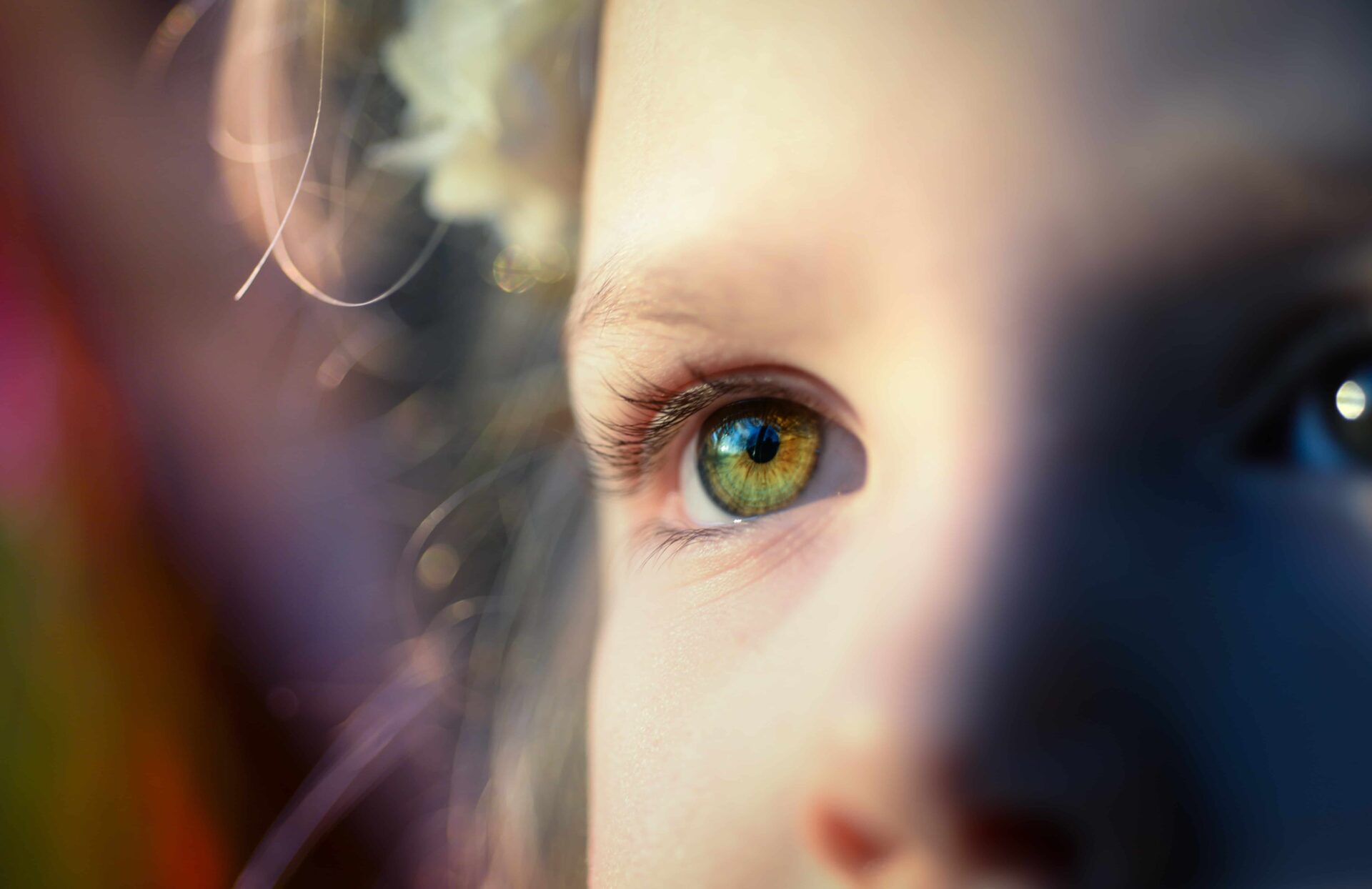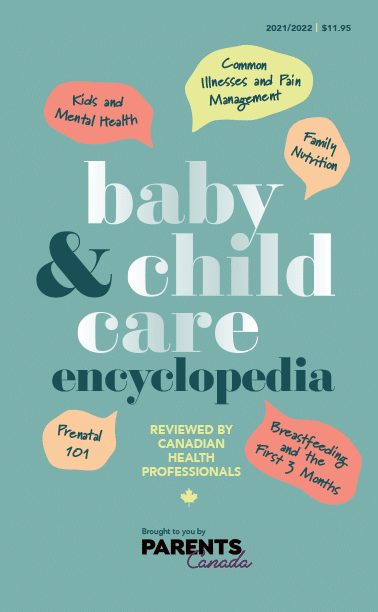Health
13 min Read
Common Mental Health Concerns

January 4, 2023
Health
13 min Read

January 4, 2023

Thinking back to when you were a kid, children’s mental health likely wasn’t top of mind. It was rarely covered in books offering parenting advice. And it’s a shame—it meant a generation of parents might not have known just how important psychological well-being is to a child’s development. They probably had no idea how prevalent mental health issues were in children. Today, about 1.2 million kids and youth across Canada are affected by mental illness. And, according to the Mental Health Commission of Canada, less than 20 percent of these kids will receive the appropriate treatment.
Here’s the good news: Mental health issues and illnesses in children are no longer the taboo topics they were decades ago. Instead, we know kids’ brains, emotions and behaviours are just as important as what’s happening with the rest of their development. In this article we’ll address some of the more common mental health concerns and get you started with some ideas to help. See below for a list of useful Resources.
Note: If you’re looking for help relating to self-harm, bipolar disorder, obsessive compulsive disorder, a specific brain disorder or substance abuse in youth, Toronto’s Hospital for Sick Children’s About Kids Health website has excellent, trusted information. Also, we’ve listed the more common symptoms and some ways parents can help their child, but if you’re concerned about any mental health issue below, speak to your child’s healthcare provider.
Here’s the thing: Everyone worries, even children. The Hospital for Sick Children in Toronto says anxiety disorders are the most common mental health disorder in kids, affecting 10 to 20 percent of children. Experts agree that not all worrying is a negative thing—anxiety can happen when our bodies and brains are trying to protect us from some type of physical or emotional danger. So it makes sense, then, that many kids are anxious about learning to ride a two-wheeler or jumping into a swimming pool. But, the problems can start when worrying takes over thoughts and interferes with the ability to live happily. When a kid’s worries start to take over their thoughts and actions, or when they stop doing things because of how big their worries are, they can become preoccupied and may not cope well with their anxiety. In these cases, anxiety can be more disruptive than helpful.
Anxiety occurs when a child is experiencing worry about everyday issues such as academic success, friendships, fitting in, health, their parents, future events and things going on in the world, for example. If they become fixated on these issues, worrying often becomes uncontrollable.
SYMPTOMS Physical symptoms are the most common complaint when a child has anxiety—you’ll likely hear about stomachaches, headaches or muscle pain. Sleep can be disturbed, and you might notice withdrawal from activities and other people.
HOW TO HELP There are a variety of ways to help anxious children. Here are a few techniques to try:
Exposure This form of cognitive behavioural therapy allows parents to help their children develop a tolerance to whatever’s causing stress by practicing how to manage when they’re anxious. For example, kids who get worried or scared when around dogs can start by drawing pictures of dogs, looking at photos, seeing dogs in crates, being in the same room as a dog and finally petting the dog. Each stage can take as long as the child needs.
Retelling Experiences You can help your child see stressful situations from a more positive perspective. For example, a child may have anxiety about going to school alone. You might retell the story of the child’s day by acknowledging the worry but focusing on and highlighting the child’s successes, like making a new friend or going to the library to choose a new book. This can help children build confidence in their ability to overcome their anxiety.
Mindfulness Practicing mindfulness with kids can help them learn how to manage their worries and anxiety. There are lots of mindfulness activities. Try one or more of these: breathing exercises; guided body scans or imagery (you can find videos online); mindful colouring; and mindful eating. Helping children learn how to focus on the present moment and let go of their worries can be very powerful and can help them build confidence in their ability to conquer their worries at any age.
Maybe your little one is hesitant to make new friends or doesn’t like play dates, or maybe they won’t leave your side at friends’ birthday parties. Kids who suffer from social anxiety are so shy or fearful of social situations that it becomes difficult to talk or interact with people, to the point where it causes problems at school or in other social situations. It’s normal, and even healthy, for kids to be shy from time to time—they should be cautious around strangers or people they don’t feel comfortable with. That said, shyness becomes a problem when it impedes functioning—when kids can’t go to school, camp, play team sports, parties, etc. These kids might also have fears of being judged or criticized, which can exacerbate their symptoms of stress and anxiety.
SYMPTOMS Children often show physical symptoms, including stomach aches, headaches and faster breathing, when they’re about to enter into a social setting, such as during the morning drop-off and extracurricular activities. For example, your child might really enjoy gymnastics and is looking forward to attending a friend’s birthday party at a gym. They were excited to go last week, but on the day of the party, they suddenly complain of unexplainable pains and beg you not to go. If they are experiencing anxiety, these types of situations will occur on a regular basis, so you can track the behaviour to see if it’s becoming a pattern.
HOW TO HELP Practise separation and reunion traditions: Find a special way to say goodbye to your child in the morning before school and a way to greet her after school as a way of easing her worries. Some parents say special handshakes and hugs work great. Do it daily so it becomes a routine they count on.
Find a Transition Object Sending kids to school (or to a friend’s house, etc.) with something they can hold onto can work wonders. A stress ball, a rubber band in their pocket to tug on, a picture, a flashcard with a calming phrase or any other object can be used. Try to choose something that can fit into a pocket and is meaningful. Just give the teacher or supervising adult a heads up that they should use this special item if they seem upset or stressed.
Model Positive Self-talk Come up with a short phrase your child can repeat in their mind, like “I always try my best.” Leaving notes in their lunchboxes or overnight bags can also help. The aim is to give children the message that they’re good enough and that you’re proud of them. This will help them feel better, even at times when they’re struggling.
Take it from parents who’ve been there: It’s pretty upsetting to see a sad or depressed child. While sadness is an emotion everyone has, persistent melancholy is a warning—it can interfere with routines, interests and participation in activities, and it may be a sign of depression. Depression in children is often linked to significant life changes, such as a death in the family, moving to a new town or other significant family events like a divorce. Genetic factors or a family history of depression can also affect them.
SYMPTOMS Parents who have kids experiencing depression may observe behavioural changes ranging from increased irritability and acting-out behaviours or tantrums, changes in eating and sleeping patterns, withdrawal from activities and social interactions, difficulty concentrating and physical symptoms like stomach aches and headaches. Also, although rare, some parents might also observe kids talking about death or expressing thoughts of suicide.
HOW TO HELP Consult with your child’s doctor about treatment options. Depending on the severity and length of episodes, they might recommend psychotherapy, where kids can talk about their thoughts and feelings in a safe space and learn healthy ways for coping. Medication might also be a possible treatment option for some kids.
Kids exhibit signs of aggression in a different way than adults do—children often feel anger or act out aggressively because they’re frustrated and they don’t have the skills to communicate how they’re feeling. So, they often resort to physical behaviours such as hitting others and throwing objects to show they’re angry. Anger is an emotion that usually hides other feelings children have. For example, a child may be feeling very sad about the loss of a loved one, but because they don’t have the brain development pathways and the skills to express their sadness, they may show it by screaming, hitting or kicking.
HOW TO HELP Modelling is the best thing parents and caregivers can do to help children develop a language for expressing their anger in healthy ways. You can use verbal communication to help kids label how they’re feeling, and you can model healthy strategies for coping with intense emotions, such as squeezing a stress ball or drawing a picture of their feelings. Experts also say physical activity can make a huge difference to mental well-being. When active, endorphins (feel-good brain chemicals) are released, helping to improve energy level, sleep and mood. You can also look into parenting classes to learn positive discipline techniques or how to parent children with emotional dysregulation issues.
These uncontrollable and repetitive movements or sounds are quite common in kids, and the second you notice them, it’s hard not to become preoccupied with why kids have tics. Most commonly, tics are a sign of nervousness or a symptom of other underlying emotional issues the child is experiencing such as stress. Kids can feel embarrassed by their unusual behaviours and they might worry about what other kids will think about them. Most tics are temporary, and routine medical checkups can help to identify possible causes.
SYMPTOMS It can be anything, really, from blinking, head twitching, lip biting, shoulder shrugging kicking, coughing, throat clearing, sniffing, grunting and nose wrinkling, for example.
HOW TO HELP The best thing to do is something that can be hard for a parent: Don’t draw attention to it and remember—most often tics will go away over time. You can also ask your kids about their stress to try to figure out what situations are causing the unusual behaviour, then develop strategies for reducing the exposure to the situation or teaching the child other ways to cope. You can also speak to your healthcare provider if you’re worried about the behaviour, if it’s is showing up more frequently or interfering with your kid’s daily functioning.
It used to be that eating disorders—like anorexia nervosa and bulimia—weren’t something parents of young children had to worry about. (These illnesses were seen more in teens and young adults.) But with arguably too much exposure to social media, kids today are way more susceptible to developing a skewed sense of their bodies.
Eating disorders are almost always a symptom of an individual’s emotional pain. Eating is something that they can control, so some children may begin to restrict their eating or binge eat in order to feel a sense of control in their life and as a way to numb their emotional pain.
Expert opinion: If you suspect an eating disorder in young children, it’s best to first rule out feeding disorders to ensure there are no medical reasons why your child is not eating.
SYMPTOMS Kids might refuse to eat even when hungry. You might also notice weight loss; poor self-esteem; a focus on comparing body images; mood changes; comments about feeling “fat;” preoccupation with food (including obsessing over calories); delays in swallowing food; excessive exercise; and physical complaints like stomach aches, dry skin and irregular bowel movements.
HOW TO HELP This is something that requires the advice and help of professionals. To start, talk to your kids to let them know you can help, and to remind them it’s good to talk about their feelings and pain. You will want to seek support from your child’s doctor, as disordered eating behaviours can have lasting impacts to the child’s physical health. Your child may also need formal emotional support like psychotherapy to help them understand their emotional pain and help them learn healthier ways to cope. Often there are underlying family dynamics involved, so family counselling and support can also be beneficial.
It can be very difficult and scary to realize that your child is facing a mental health challenge, and it is easy to feel helpless. But you don’t have to figure it all out on your own. The first step would be to call professionals who are already in your circle: Your child’s doctor is a good start, as is their school. Most school boards have counsellors on staff or as community partners. There may be waiting lists for programs or appointments with mental health professionals, but just start by reaching out. This will allow you to begin building a network of care providers to call on for guidance, strategies, referrals and more.
There are also many Canadian organizations to contact for further information, assistance and advice. Each individual municipality may also have regional resources as well.
